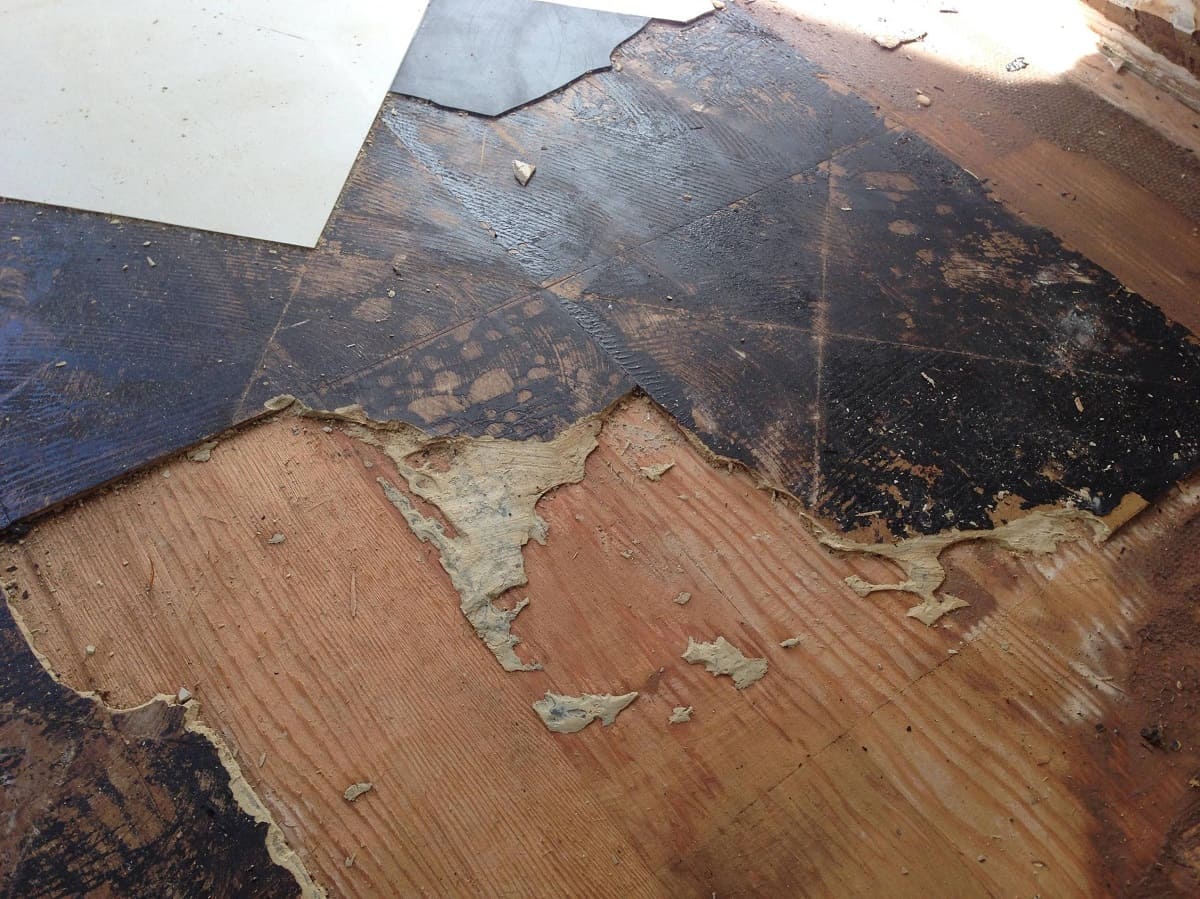

Articles
How To Remove Glue From Hardwood Floor
Modified: February 23, 2024
Learn effective techniques for removing glue from your hardwood floor with these informative articles. Discover step-by-step methods to restore the natural beauty of your flooring.
(Many of the links in this article redirect to a specific reviewed product. Your purchase of these products through affiliate links helps to generate commission for Storables.com, at no extra cost. Learn more)
Introduction
Having hardwood floors in your home can provide a warm and elegant touch to any room. However, accidents happen, and sometimes you may find yourself dealing with a sticky situation – glue on your precious hardwood floor. Whether it’s from a DIY project gone wrong or a spill that went unnoticed, removing glue from hardwood floors requires a delicate touch and the right techniques.
In this article, we will explore various methods to safely and effectively remove glue from hardwood floors. We will discuss the materials needed for each method, step-by-step instructions, and important tips to keep in mind throughout the process. So, if you’re ready to bid farewell to that unsightly glue residue, let’s dive in!
Key Takeaways:
- Safely remove glue from hardwood floors using heat, solvent, natural remedies, or sandpaper. Prioritize safety, test methods, and follow tips to protect and maintain the integrity of your flooring.
- Gather essential materials and follow step-by-step instructions to effectively remove glue from hardwood floors. Exercise caution, patience, and diligence to achieve gleaming, glue-free results.
Materials Needed
Before you begin the process of removing glue from your hardwood floors, it’s important to gather the necessary materials. Having these items on hand will make the task much easier and more efficient. Here’s what you’ll need:
- Protective gloves
- Protective eyewear
- Heat source (such as a hairdryer or heat gun)
- Plastic scraper or putty knife
- Adhesive solvent or remover
- White vinegar
- Warm water
- Mild dish soap
- Clean cloth or sponge
- Fine-grit sandpaper
- Vacuum cleaner or broom
Each of these materials serves a specific purpose in the glue removal process. Protective gloves and eyewear are essential to safeguard yourself from any potential harm caused by chemicals or tools. A heat source and plastic scraper help soften the glue, making it easier to remove. Adhesive solvent or remover is highly effective in breaking down adhesive residues, while white vinegar and warm water solution work as a natural cleaning agent. The mild dish soap is used for more stubborn glue stains.
Lastly, a clean cloth or sponge is perfect for wiping away any residues and maintaining the cleanliness of the floor. Fine-grit sandpaper may be required for more persistent glue stains, but exercise caution to avoid damaging the wood’s surface. Finally, a vacuum cleaner or broom is necessary for thorough post-cleanup to remove any debris or dust particles.
Now that you have your materials gathered, let’s explore the different methods you can use to remove glue from your hardwood floors.
Method 1: Using Heat
Using heat is an effective method to soften and remove glue from hardwood floors. Here’s how to do it:
- Start by putting on your protective gloves and eyewear to ensure your safety during the process.
- Plug in your hairdryer or heat gun and set it to the lowest heat setting.
- Hold the heat source approximately 6-8 inches away from the glue stain and begin heating the area.
- Move the heat source back and forth in a sweeping motion to evenly distribute the heat over the glue stain. Avoid focusing the heat in one spot for too long, as it can damage the wood.
- After a few minutes of heating, the glue should start to soften. Use a plastic scraper or putty knife to gently lift the softened glue from the floor surface. Be careful not to scratch or gouge the wood.
- Continue heating and scraping until all the glue has been removed.
- Once the glue is removed, clean the area with warm water and mild dish soap solution to remove any remaining residue. Use a clean cloth or sponge to wipe away the soap solution.
Using heat is a safe and effective method for removing glue from hardwood floors. However, it is important to exercise caution and avoid overheating the glue or the wood surface, as excessive heat can cause damage. Additionally, always test the heat source on a small, inconspicuous area of the floor before applying it to the glue stain to ensure it does not cause any discoloration or damage.
Now that you’ve successfully removed the glue using heat, let’s explore another method using solvent.
Method 2: Using Solvent
If the heat method doesn’t completely remove the glue from your hardwood floors, using a solvent or adhesive remover can be an effective alternative. Here’s how to do it:
- Put on your protective gloves and eyewear to protect yourself from the chemicals.
- Choose a solvent or adhesive remover suitable for your type of hardwood floor. Some common options include mineral spirits, acetone, or a commercial adhesive remover.
- Apply a small amount of the solvent directly onto the glue stain.
- Let the solvent sit for a few minutes to penetrate and dissolve the adhesive.
- Use a plastic scraper or putty knife to gently scrape away the softened glue. Be careful not to apply too much pressure or scrape too aggressively to avoid damaging the wood.
- If there is still adhesive residue remaining, apply more of the solvent and repeat the scraping process until the glue is completely gone.
- Once the glue is removed, clean the area with warm water and a mild dish soap solution to remove any residue from the solvent. Use a clean cloth or sponge to wipe away the soap solution.
Using a solvent or adhesive remover is an effective way to break down and remove stubborn glue stains from hardwood floors. However, it’s important to check the manufacturer’s guidelines and recommendations for your specific hardwood floor type, as certain solvents may cause damage or discoloration.
If you prefer to use natural remedies, let’s move on to the next method.
To remove glue from a hardwood floor, apply a small amount of acetone or nail polish remover to a clean cloth and gently rub the affected area. Be sure to test in an inconspicuous area first and avoid excessive rubbing to prevent damage to the wood.
Method 3: Using Natural Remedies
If you prefer to take a more natural approach to remove glue from your hardwood floors, there are several household items that can be used as effective natural remedies. Here’s how to do it:
- Put on your protective gloves and eyewear to ensure your safety during the process.
- Create a solution of equal parts white vinegar and warm water.
- Apply the vinegar and water solution directly to the glue stain.
- Allow the solution to sit on the glue stain for a few minutes to soften the adhesive.
- Use a clean cloth or sponge to gently scrub the glue stain. The acidity of the vinegar will help break down the glue.
- If the glue is not completely removed, create a paste using baking soda and water. Apply the paste to the remaining glue and let it sit for a few minutes.
- Scrub the paste gently with a cloth or sponge, focusing on the glue stain.
- Rinse the area with warm water and wipe away any residue.
Using natural remedies not only effectively remove glue from hardwood floors but also eliminate the use of harsh chemicals. These remedies are generally safe to use on most hardwood floor types, but it’s always a good idea to test them on a small, inconspicuous area first to ensure they won’t cause any discoloration or damage.
Now, for those persistent glue stains, let’s move on to the next method using sandpaper.
Read more: How To Remove Stain From Hardwood Floor
Method 4: Using Sandpaper
If the glue stain on your hardwood floor is exceptionally stubborn or deeply ingrained, using sandpaper can be an effective method to remove it. Here’s how to do it:
- Put on your protective gloves and eyewear to protect yourself during the process.
- Inspect the glue stain to determine its severity. If it’s a thin layer of glue, start with a fine-grit sandpaper (around 120-grit). For thicker or more stubborn glue, you may need to start with a coarser sandpaper and gradually move to a finer grit.
- Lightly sand the glue stain using smooth, even strokes. Follow the direction of the wood grain to avoid causing any scratches or damage.
- Continue sanding until the glue is completely removed and the surrounding area is smooth and even.
- After sanding, clean the area with a vacuum cleaner or broom to remove any sanding dust or debris.
- If necessary, apply a wood floor polish or finish to restore the appearance of the sanded area and blend it with the rest of the floor.
Using sandpaper should be reserved for tough glue stains that have not responded to other removal methods. It’s important to be cautious while sanding to avoid damaging the wood surface. Always start with a finer grit sandpaper and work your way up if needed, as using a rough grit sandpaper initially can cause more harm than good.
Remember to test the sandpaper in an inconspicuous spot first to ensure it doesn’t cause any unwanted damage or discoloration to your hardwood floor.
Now that you’ve learned four different methods to remove glue from hardwood floors, let’s move on to some helpful tips and precautions to keep in mind.
Tips and Precautions
When removing glue from hardwood floors, it’s important to follow these tips and precautions to ensure the best results and protect your flooring:
- Always wear protective gloves and eyewear to safeguard yourself from chemicals and potential injuries.
- Test any cleaning agents or solvents on a small, inconspicuous area of the floor before applying them to larger sections to check for any adverse reactions or damage.
- Avoid using excessive force or aggressive scraping, as it can lead to scratches or damage to the wood surface.
- If you are unsure about which method to use or have concerns about your specific hardwood floor type, consult the manufacturer’s recommendations or seek professional advice.
- Work in small sections at a time to ensure better control and prevent the cleaning agents or solvents from drying out before you have a chance to remove the glue.
- Do not let any liquid or moisture sit on the hardwood floor for an extended period, as it can cause damage or warping.
- After removing the glue, clean the area thoroughly to remove any residue from cleaning agents or solvents.
- Regularly maintain and care for your hardwood floors to prevent future glue mishaps and keep them looking their best.
By following these tips and taking necessary precautions, you can successfully remove glue from your hardwood floors without causing any damage.
Now that you have a comprehensive understanding of different methods, materials, tips, and precautions for removing glue from hardwood floors, you’re ready to tackle any sticky situations that come your way. Just remember to approach the process with patience, care, and the right tools, and your hardwood floors will be gleaming and glue-free in no time!
Conclusion
Glue stains on your beautiful hardwood floors can be a frustrating sight, but with the right techniques and materials, you can effectively remove them and restore the natural beauty of your flooring. Whether you choose to use heat, solvents, natural remedies, or sandpaper, each method has its own advantages and considerations.
When working with any method, it’s crucial to prioritize your safety by wearing protective gloves and eyewear. Additionally, it’s important to test any cleaning agents or solvents on a small, inconspicuous area to prevent potential damage or discoloration.
Throughout the process, remember to work diligently, yet gently, to avoid scratching or damaging the wood surface. Take your time and work in small sections, ensuring that you thoroughly remove the glue and any residue left behind.
By following the tips and precautions outlined in this article and selecting the appropriate method for your specific glue stain, you can achieve successful results and maintain the integrity of your hardwood floors.
Lastly, don’t forget about regular maintenance to prevent future glue mishaps and keep your hardwood floors in top condition. With proper care and attention, your floors will remain a stunning and welcoming feature of your home.
Now armed with knowledge and techniques for glue removal, you can confidently tackle any sticky situation that arises, and enjoy the flawless and pristine look of your hardwood floors once again.
Frequently Asked Questions about How To Remove Glue From Hardwood Floor
Was this page helpful?
At Storables.com, we guarantee accurate and reliable information. Our content, validated by Expert Board Contributors, is crafted following stringent Editorial Policies. We're committed to providing you with well-researched, expert-backed insights for all your informational needs.
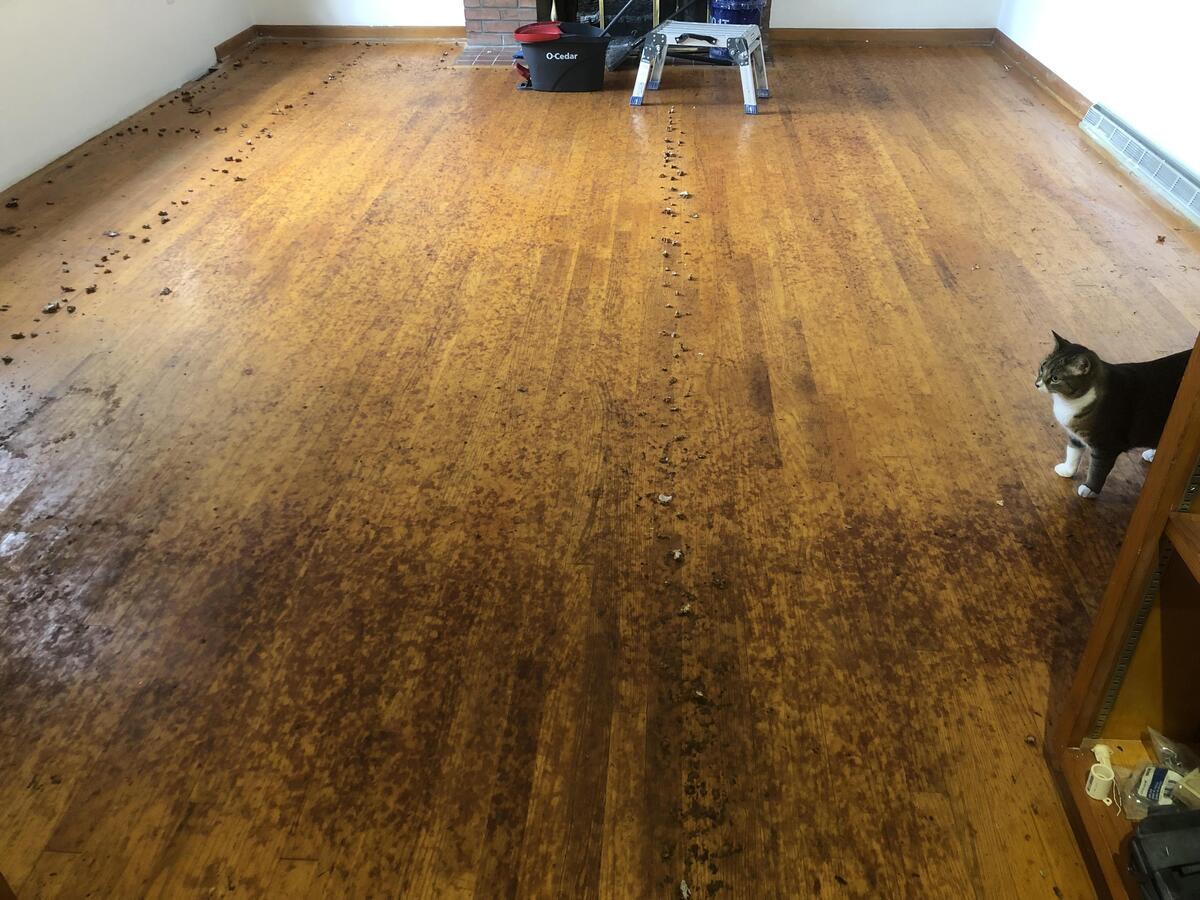
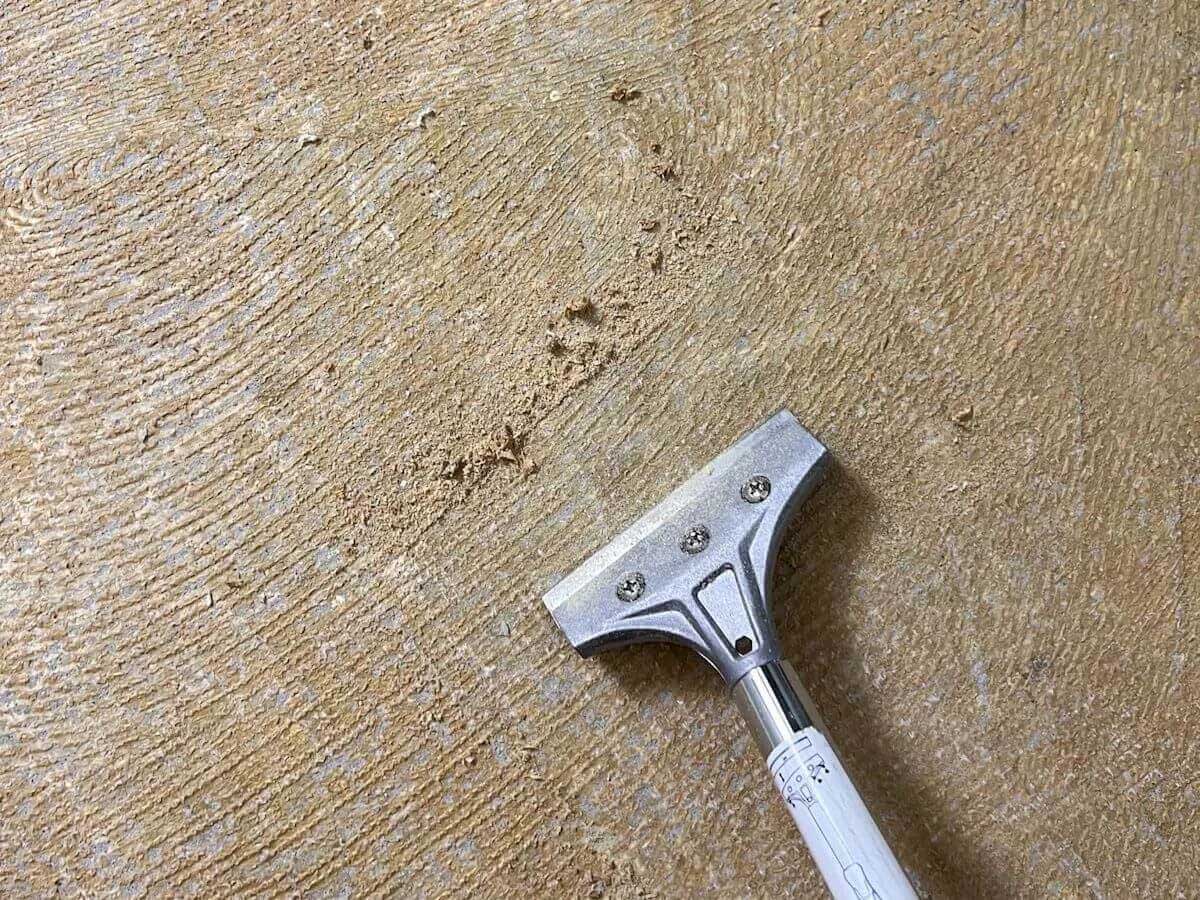
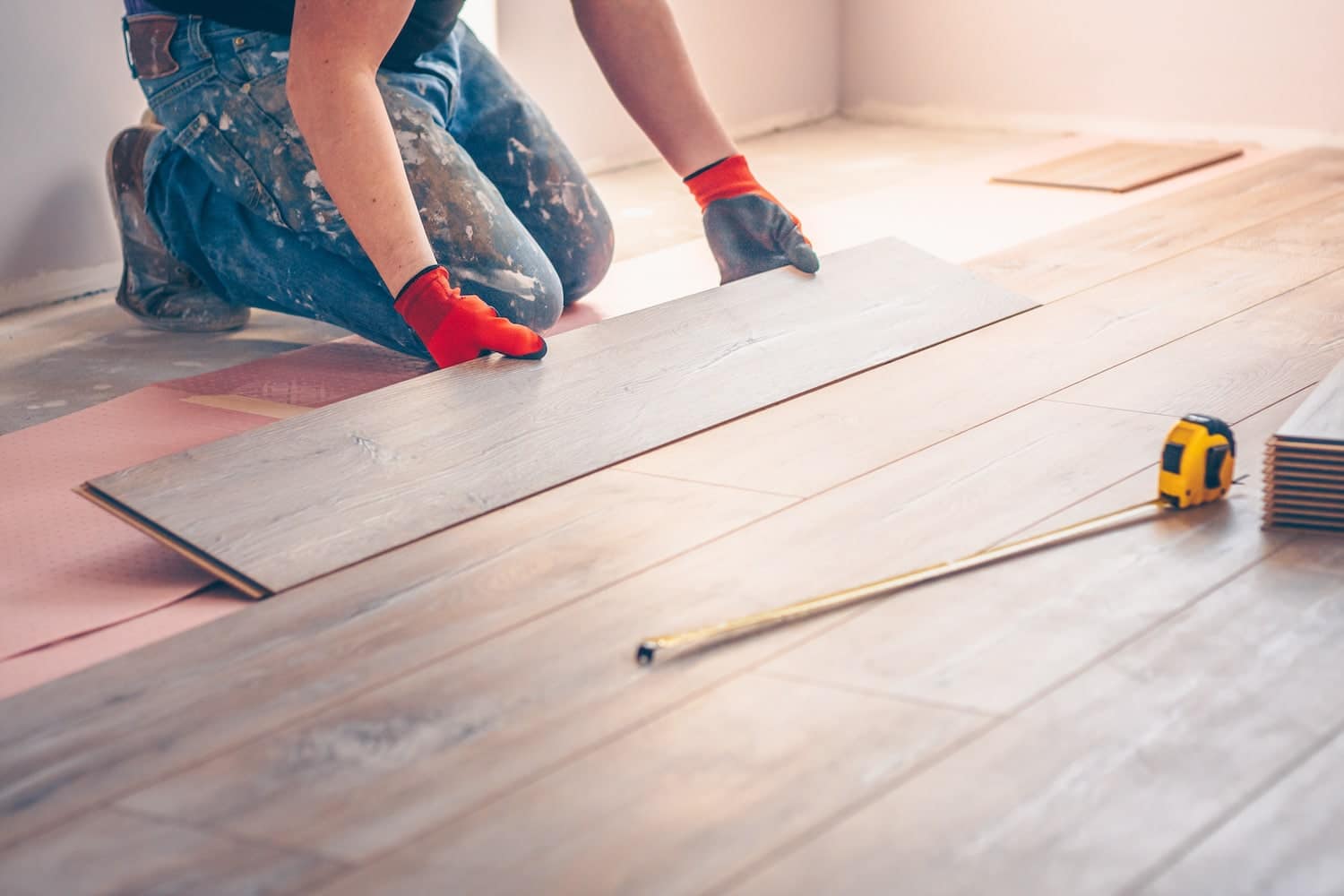
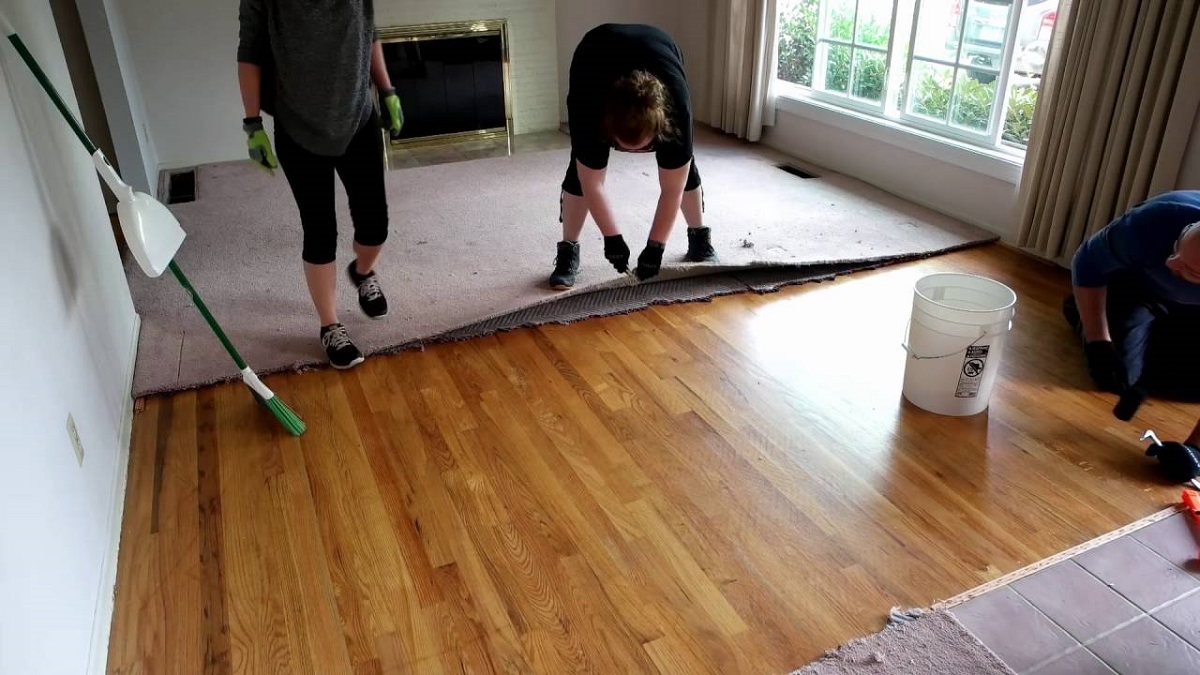
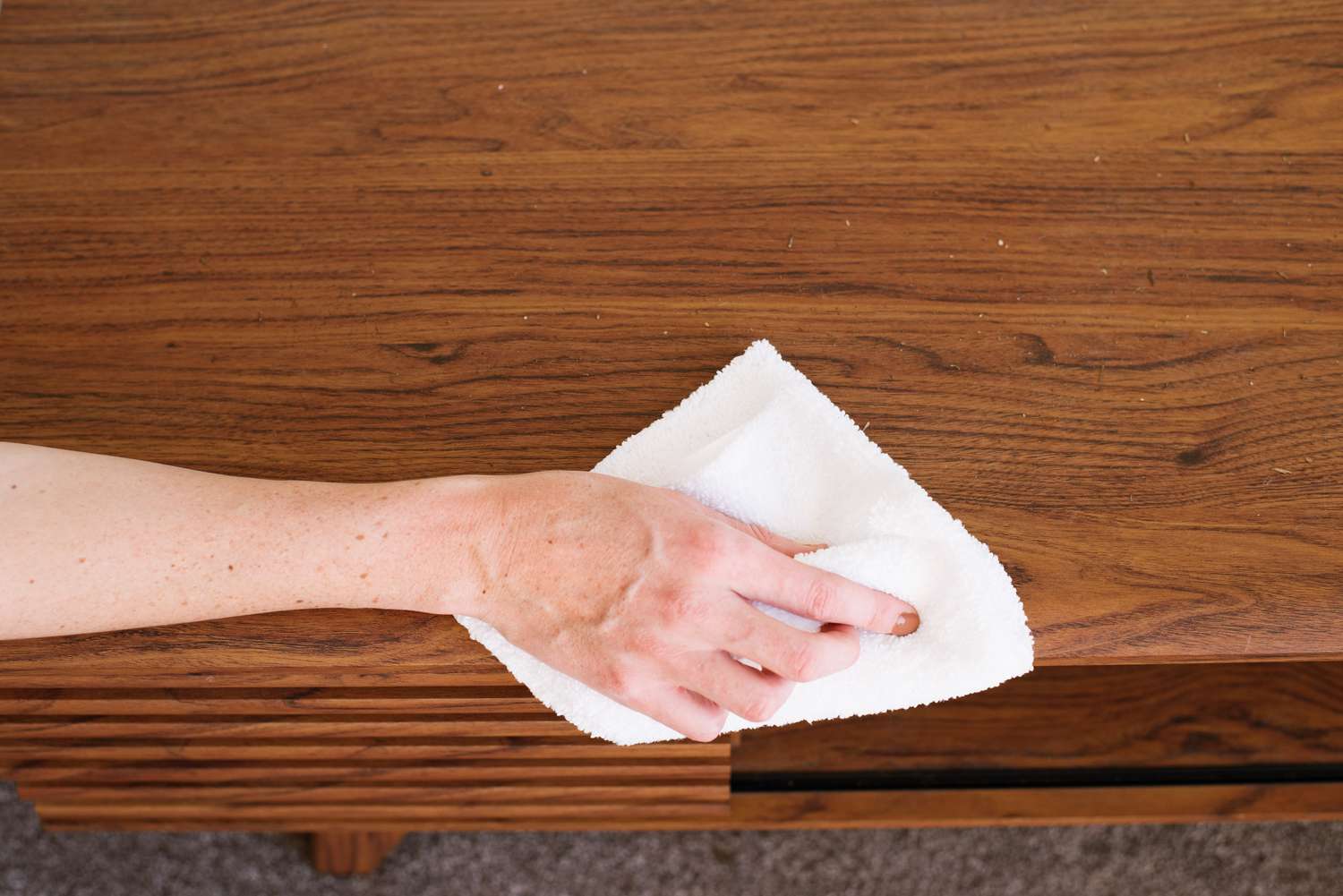
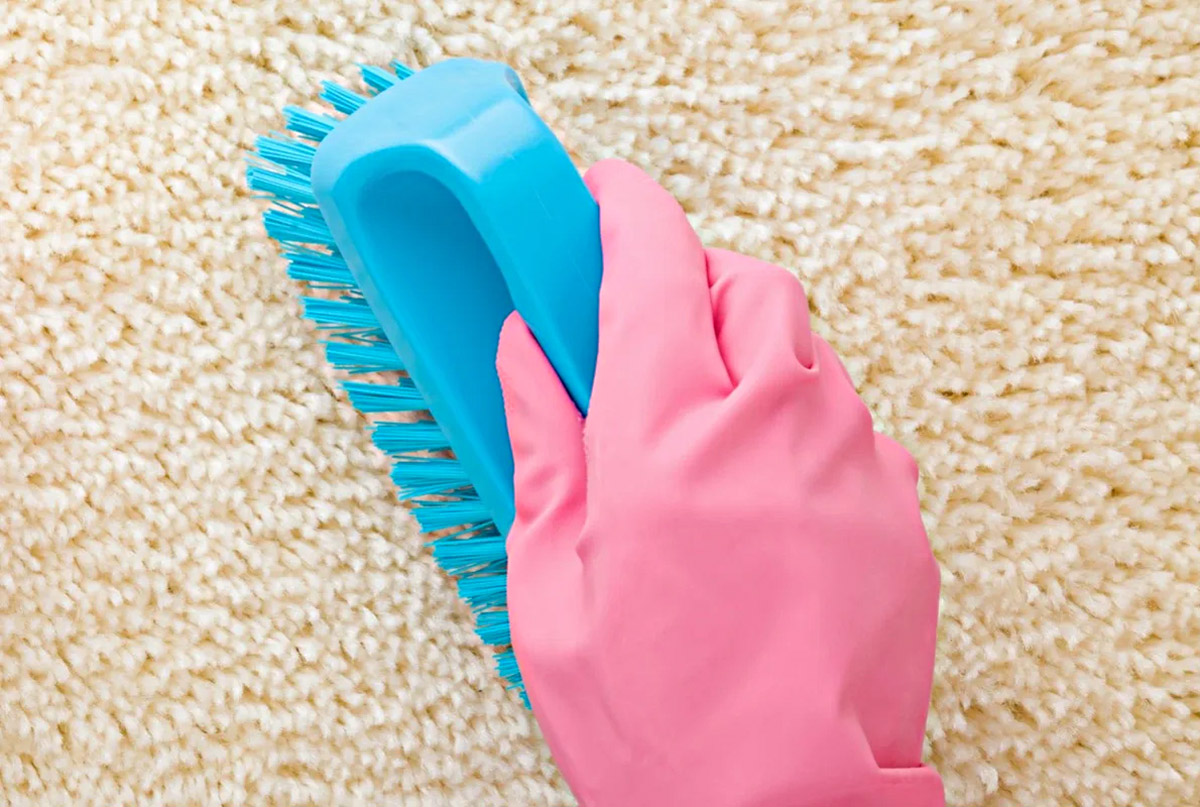
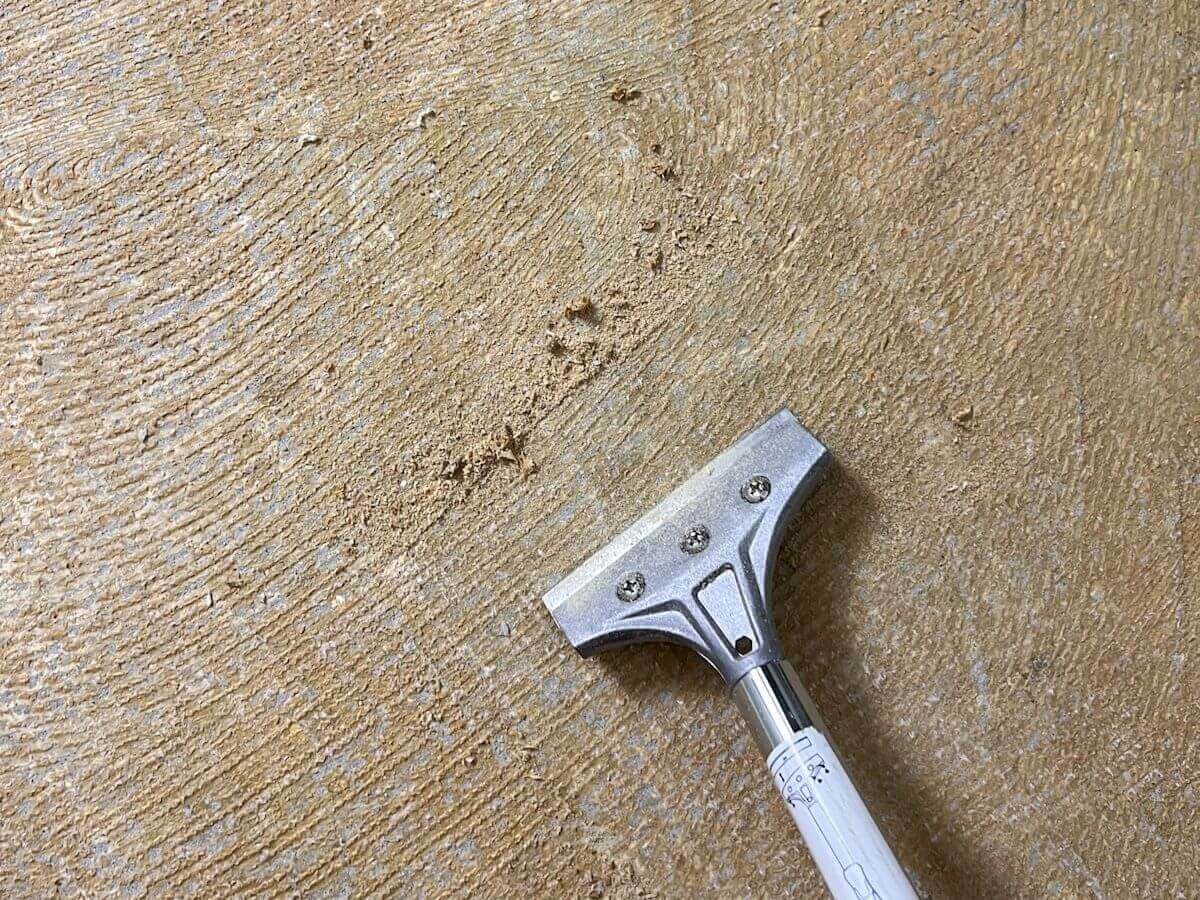
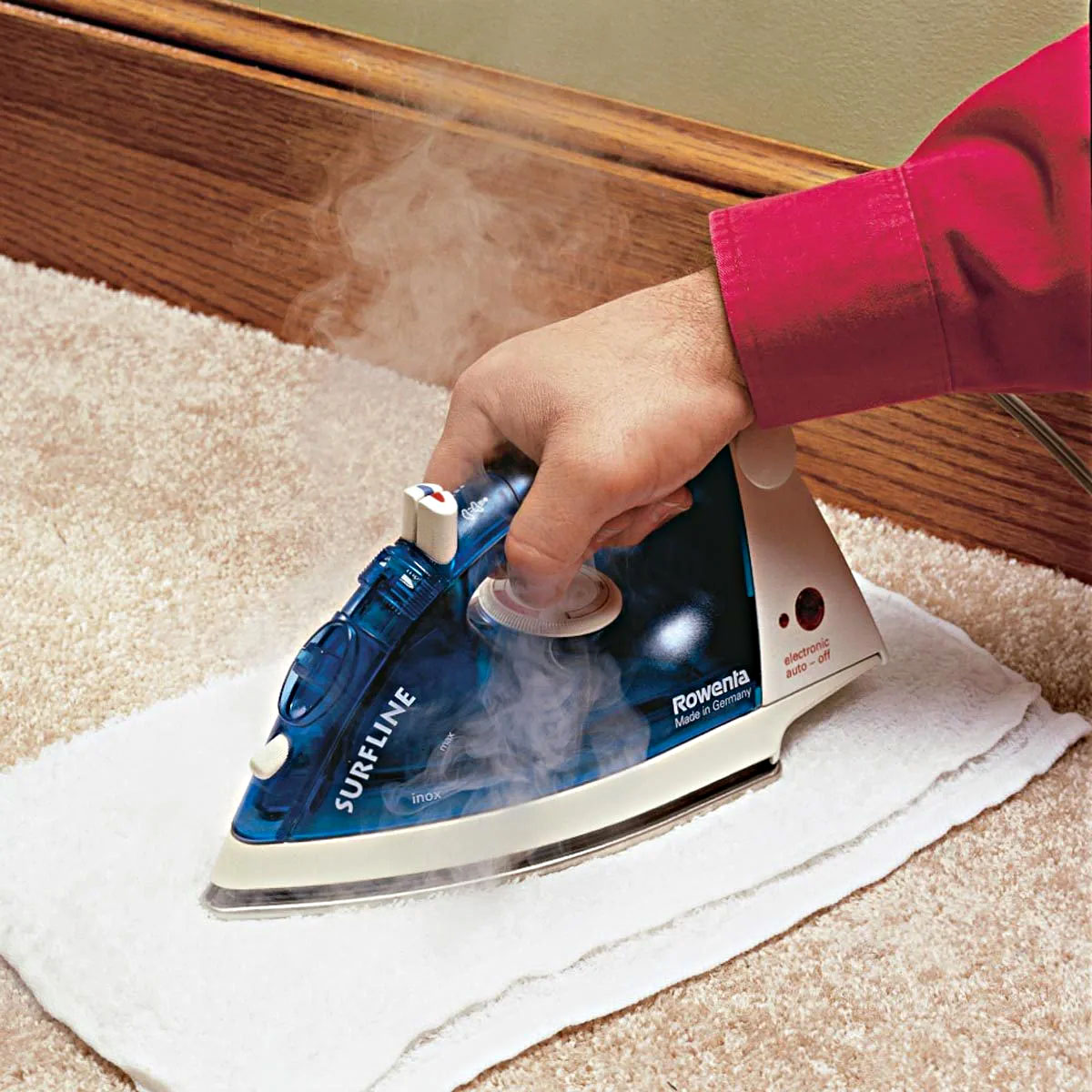
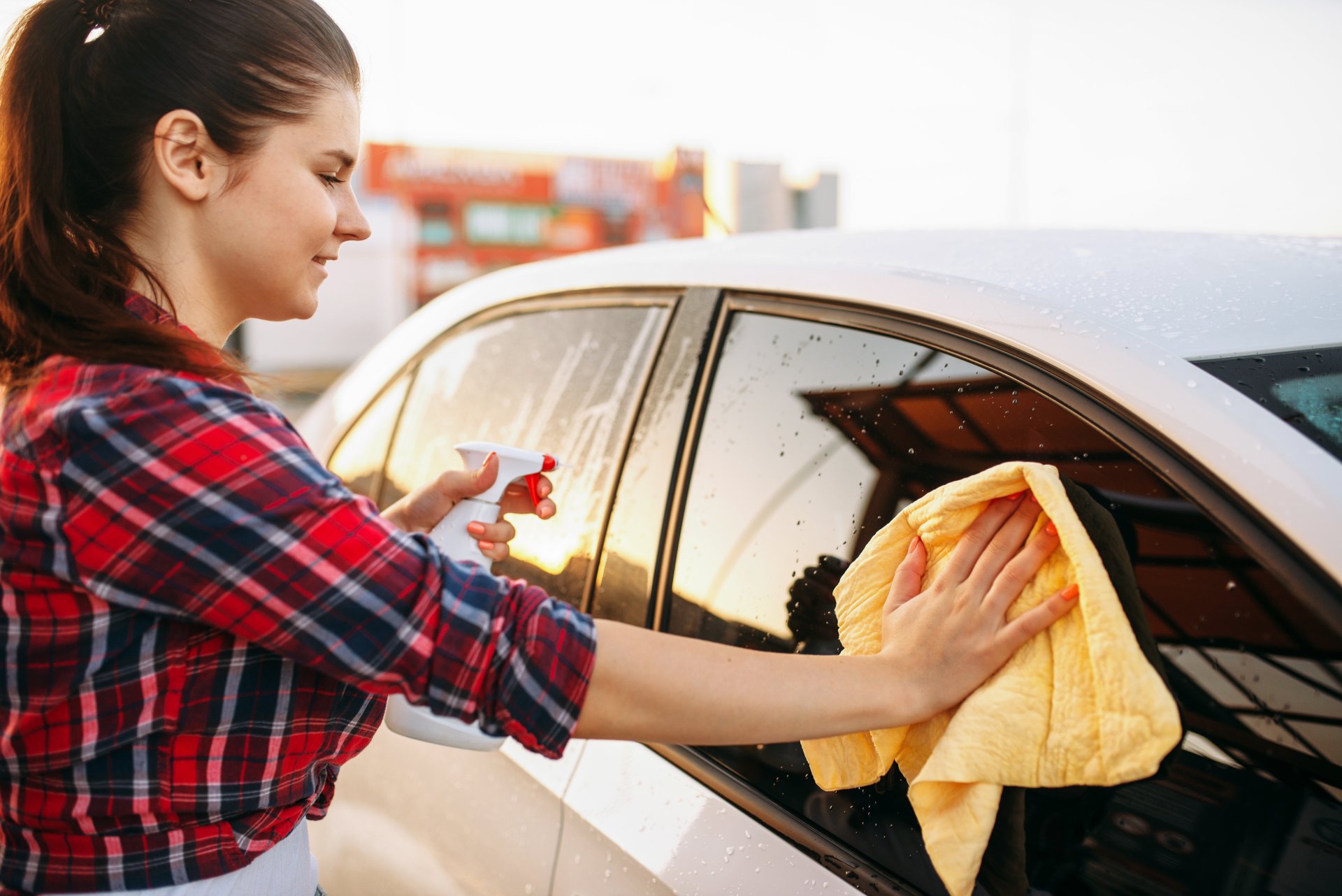
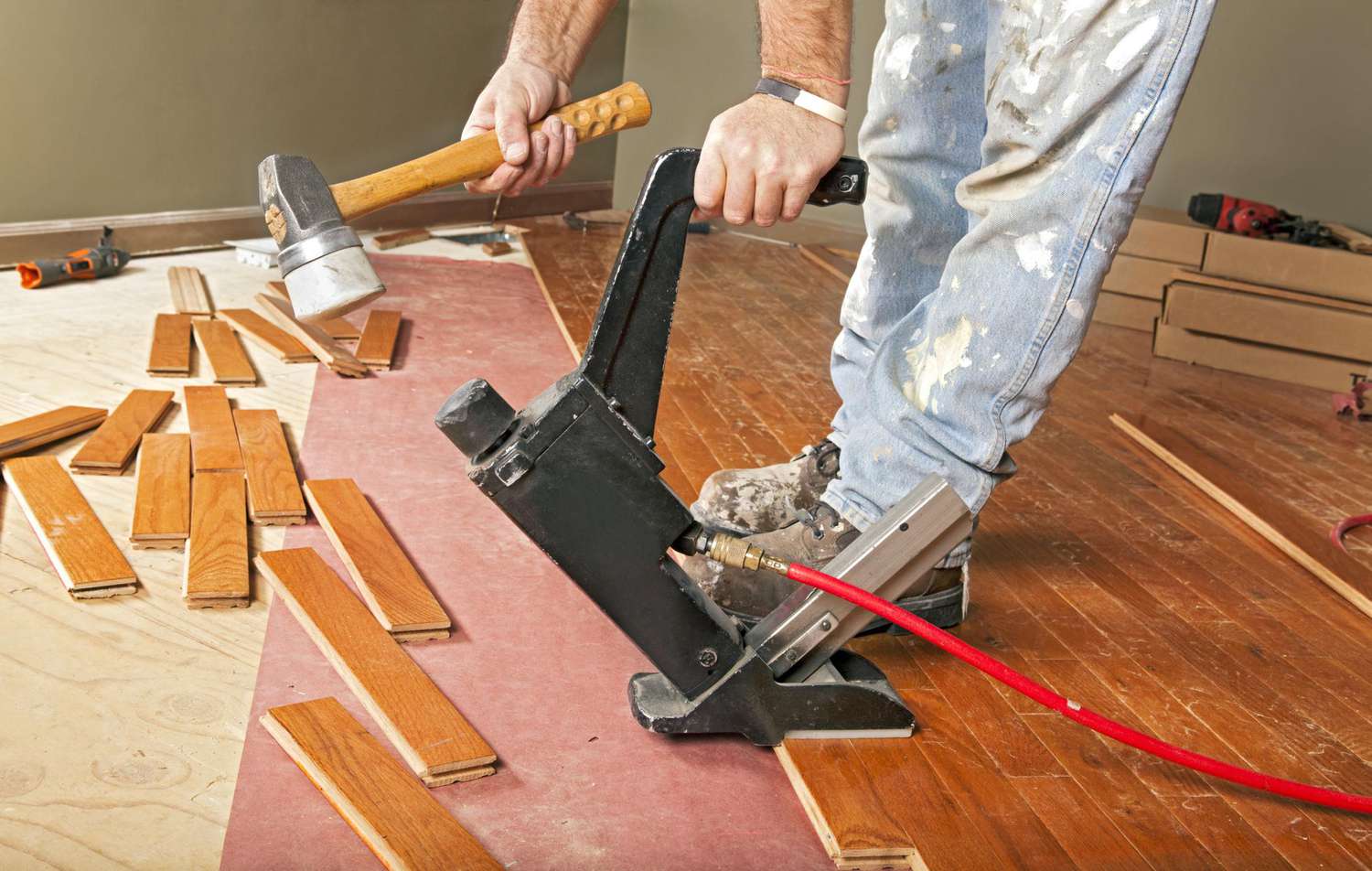
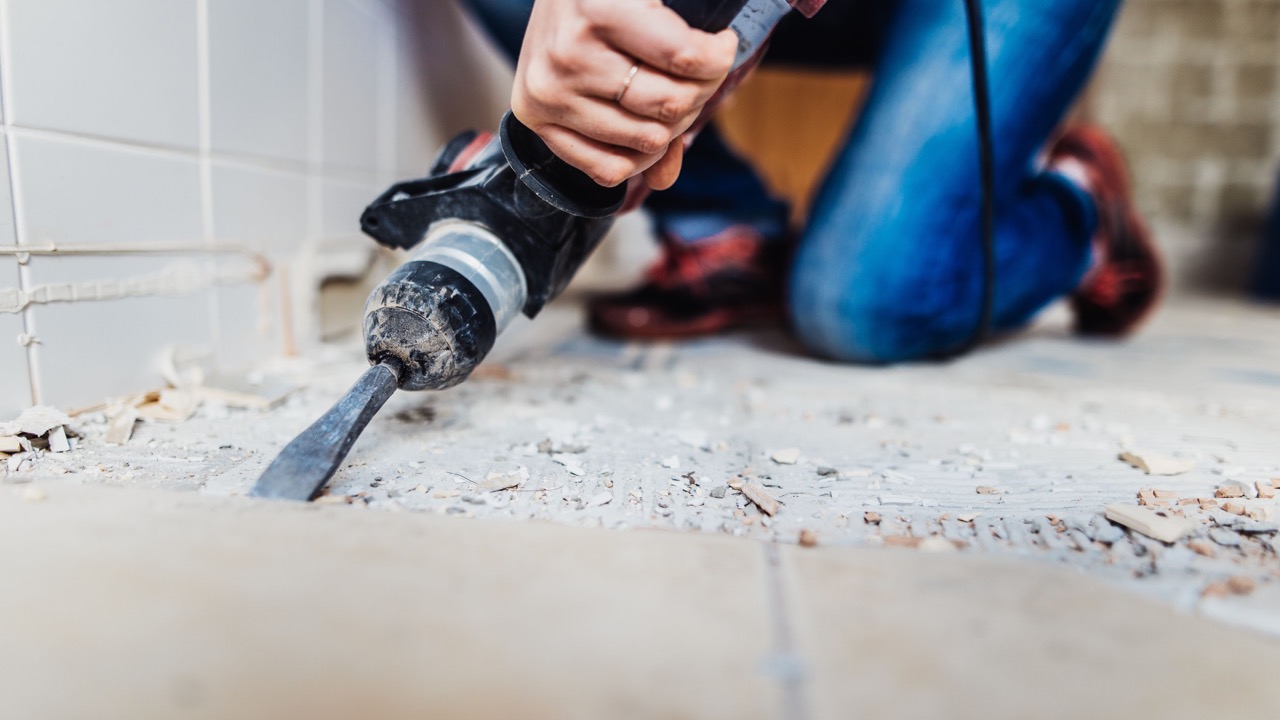
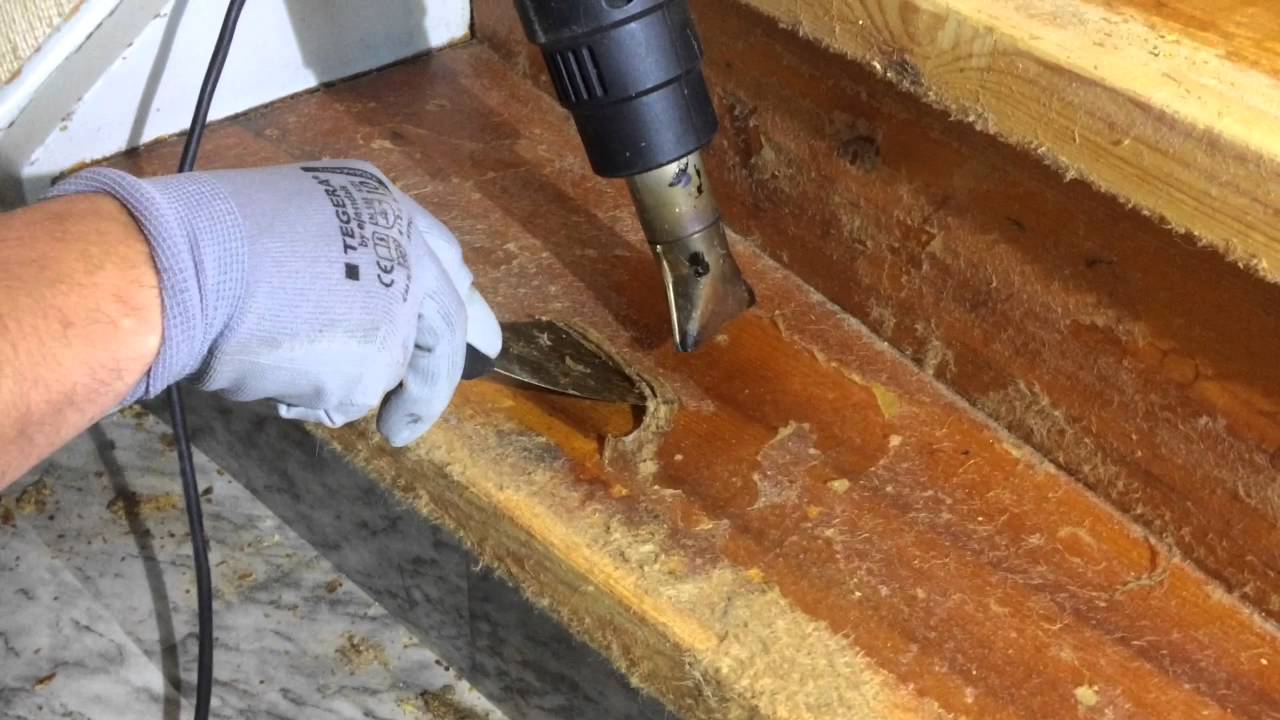
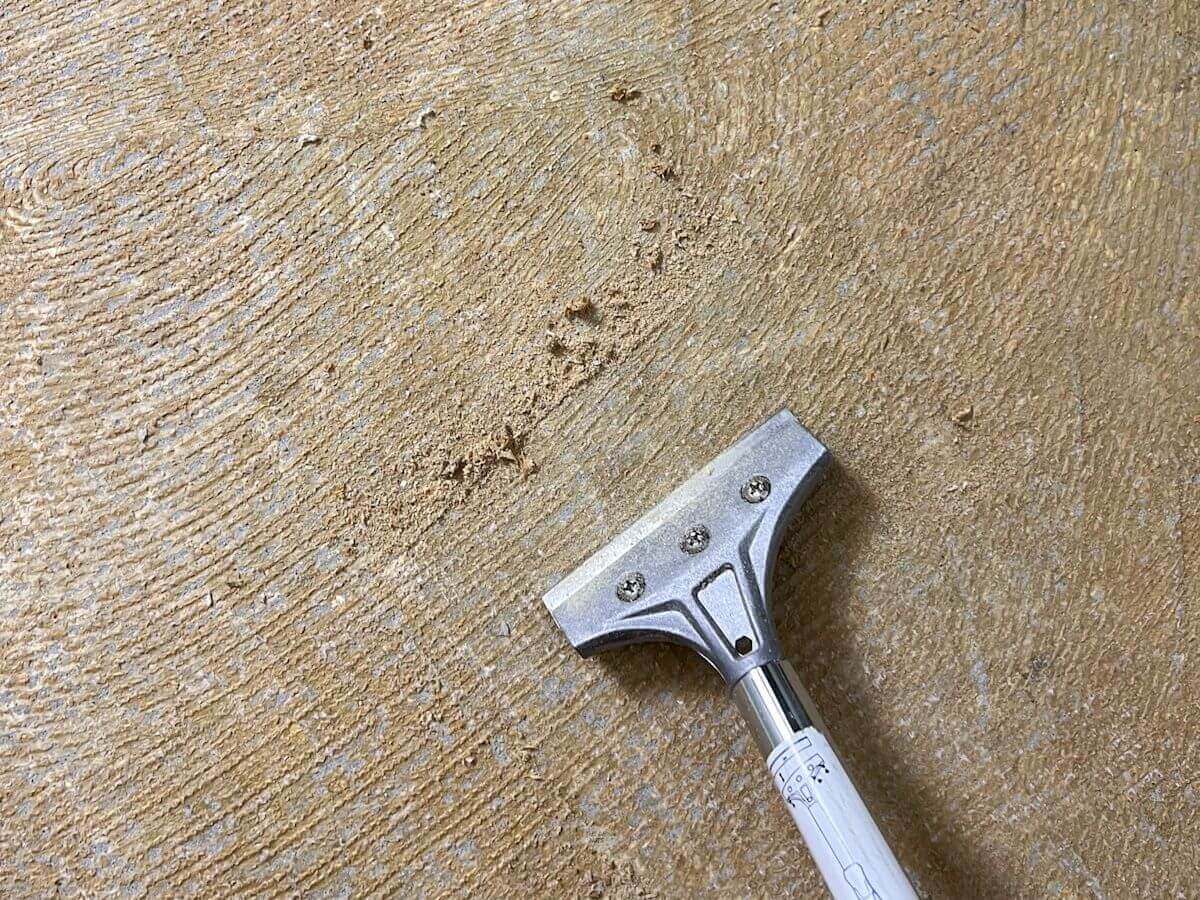
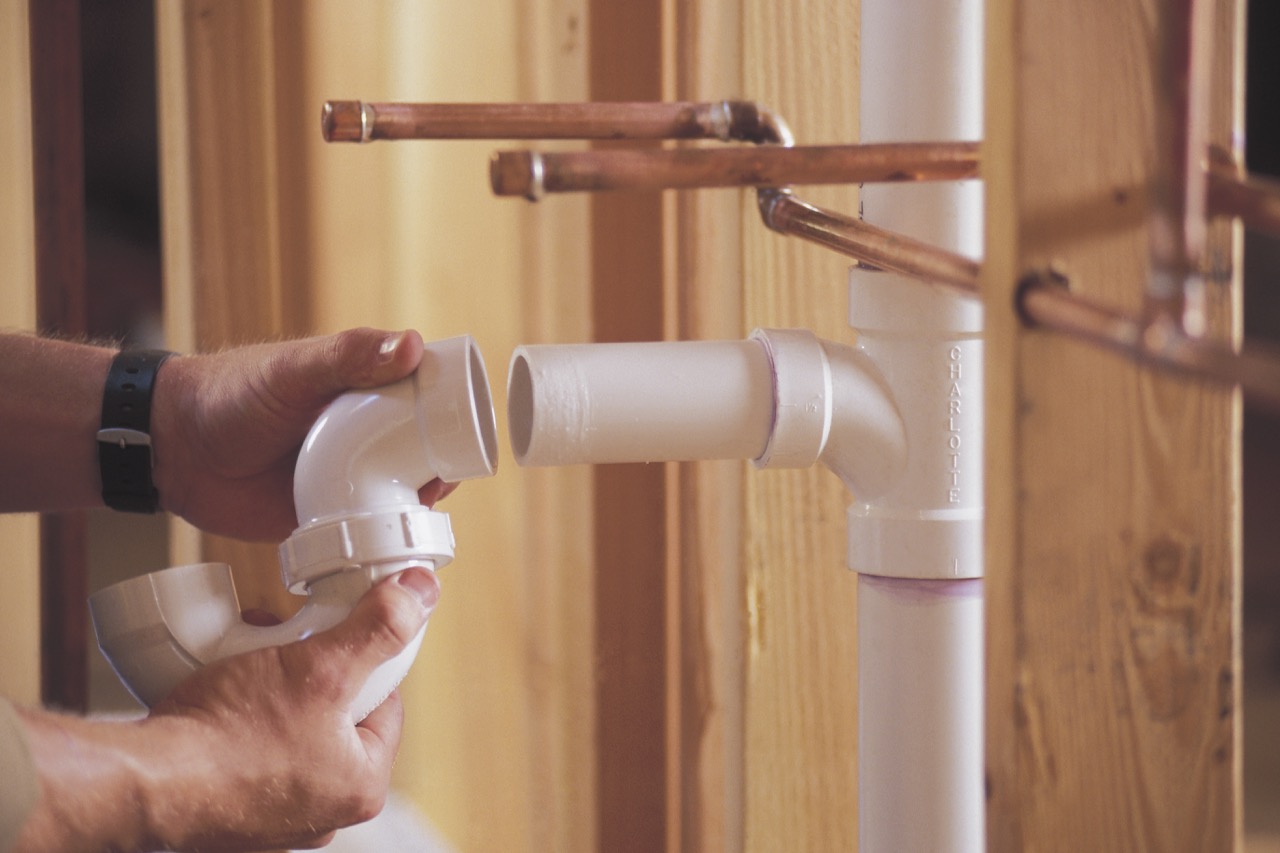

0 thoughts on “How To Remove Glue From Hardwood Floor”